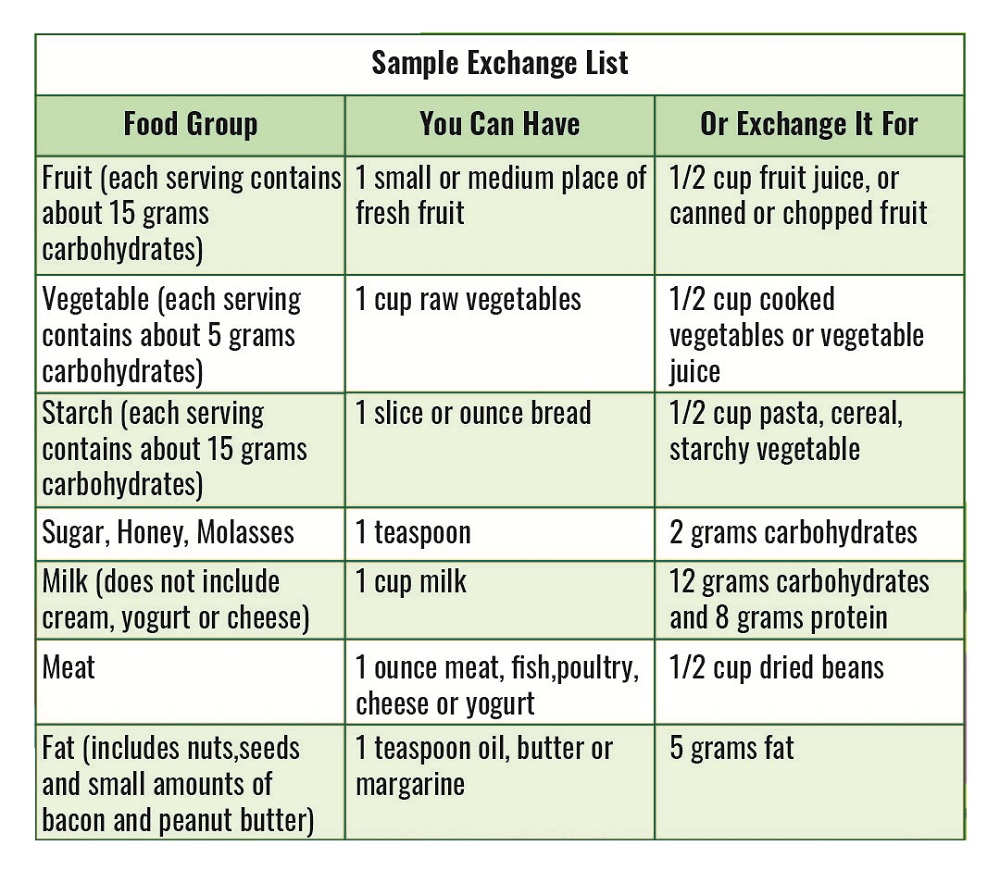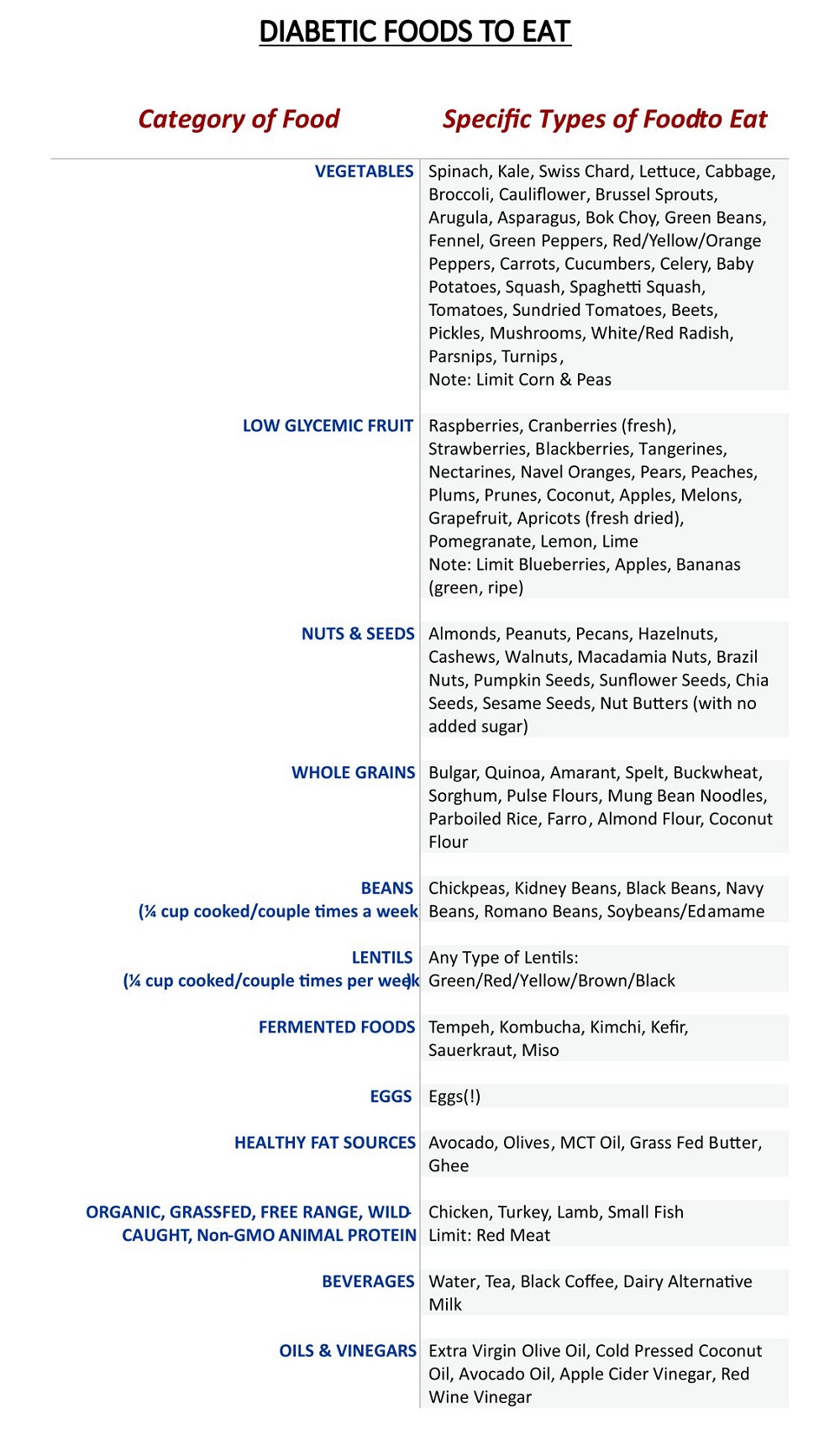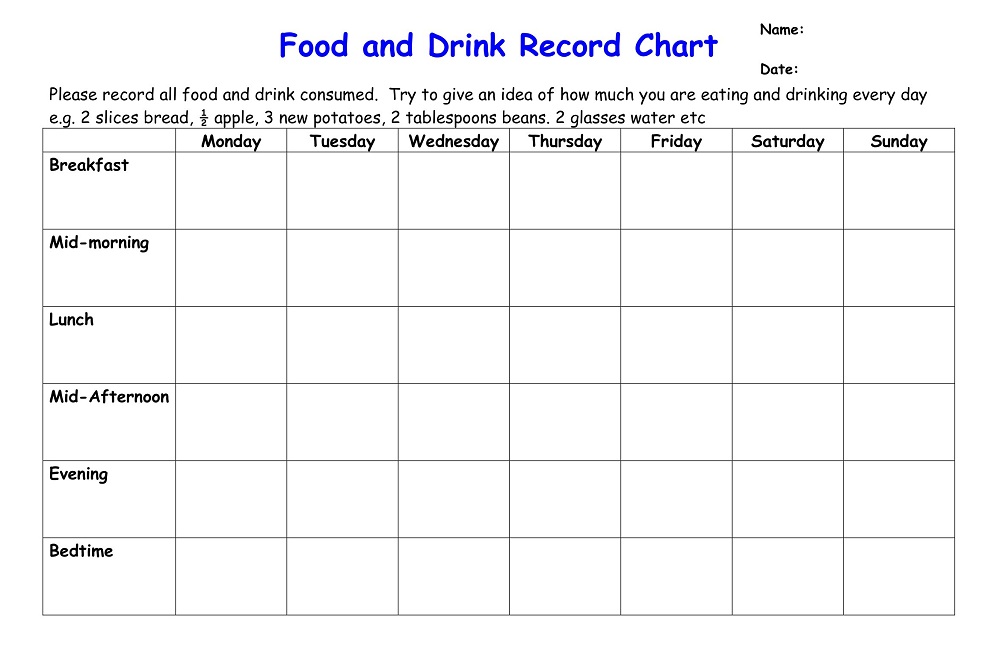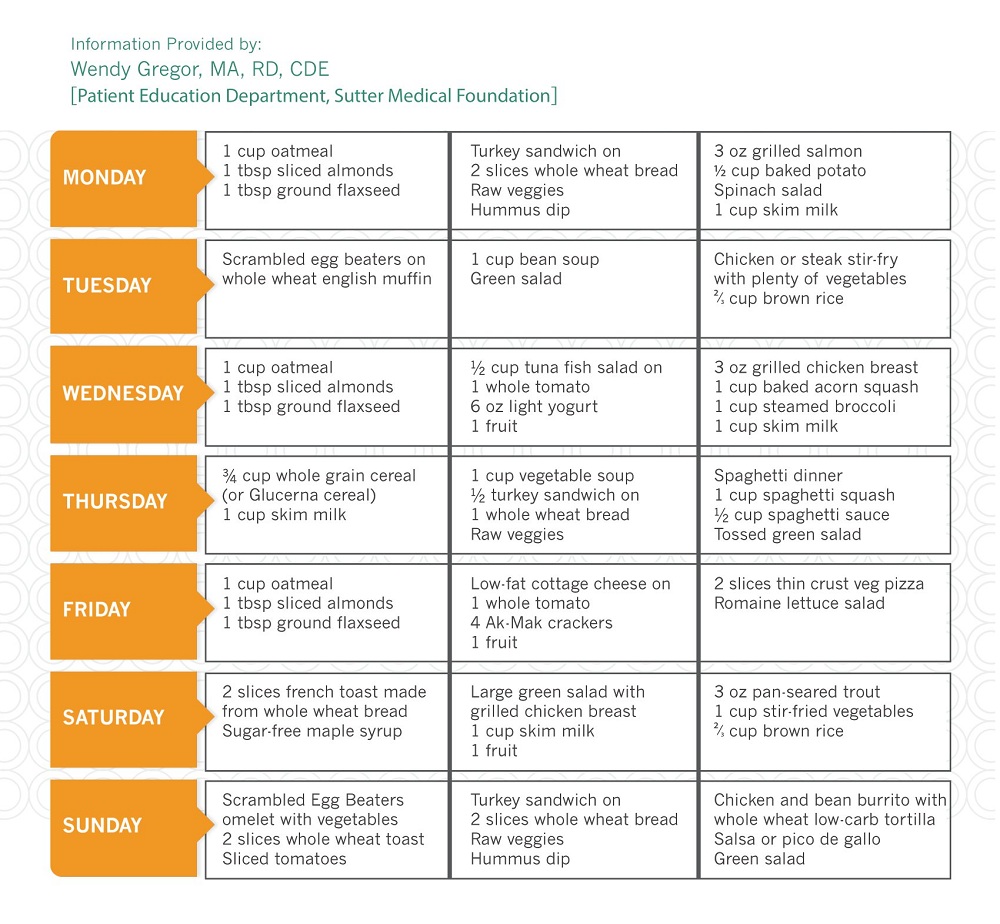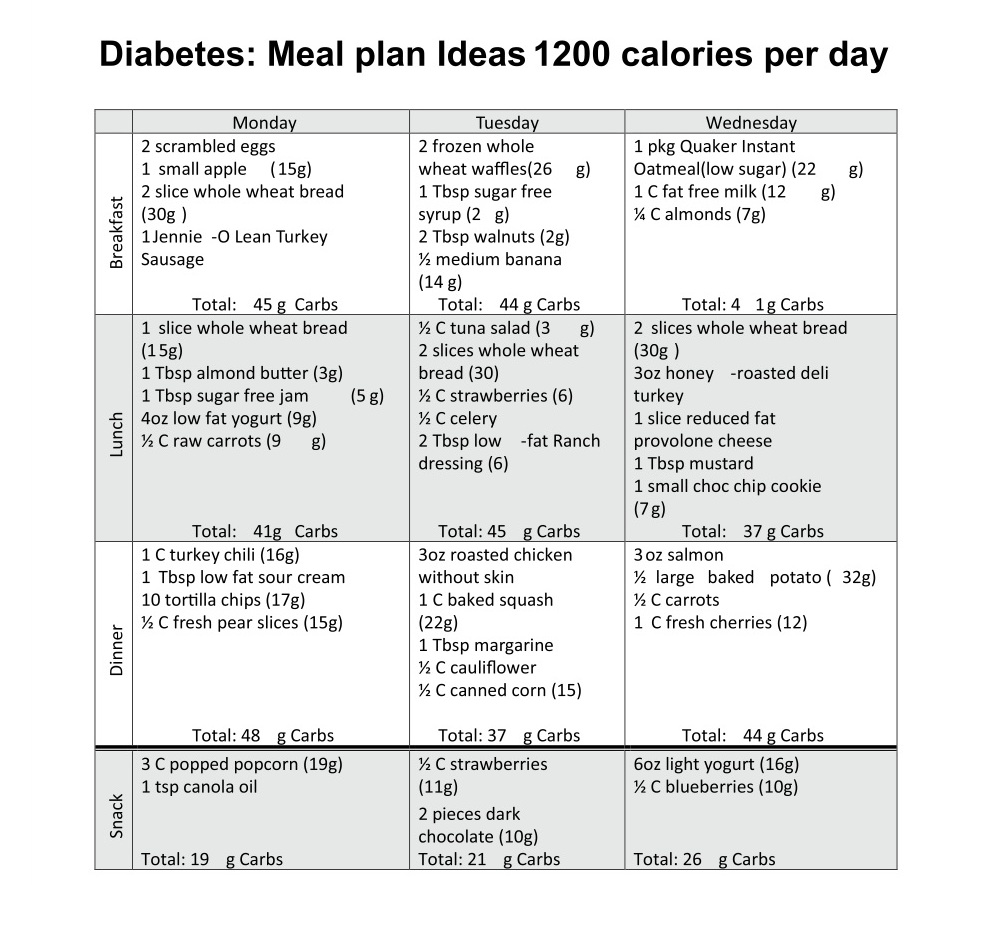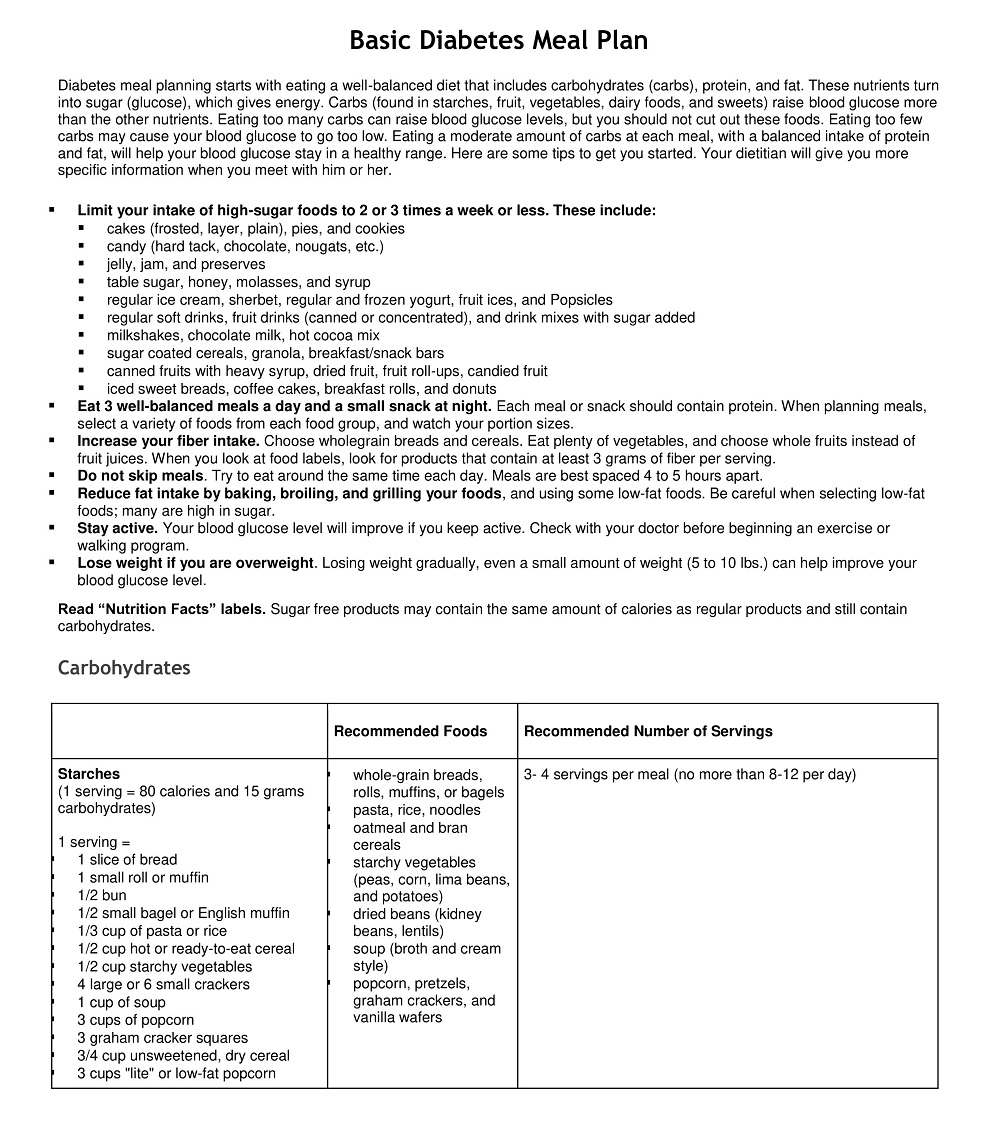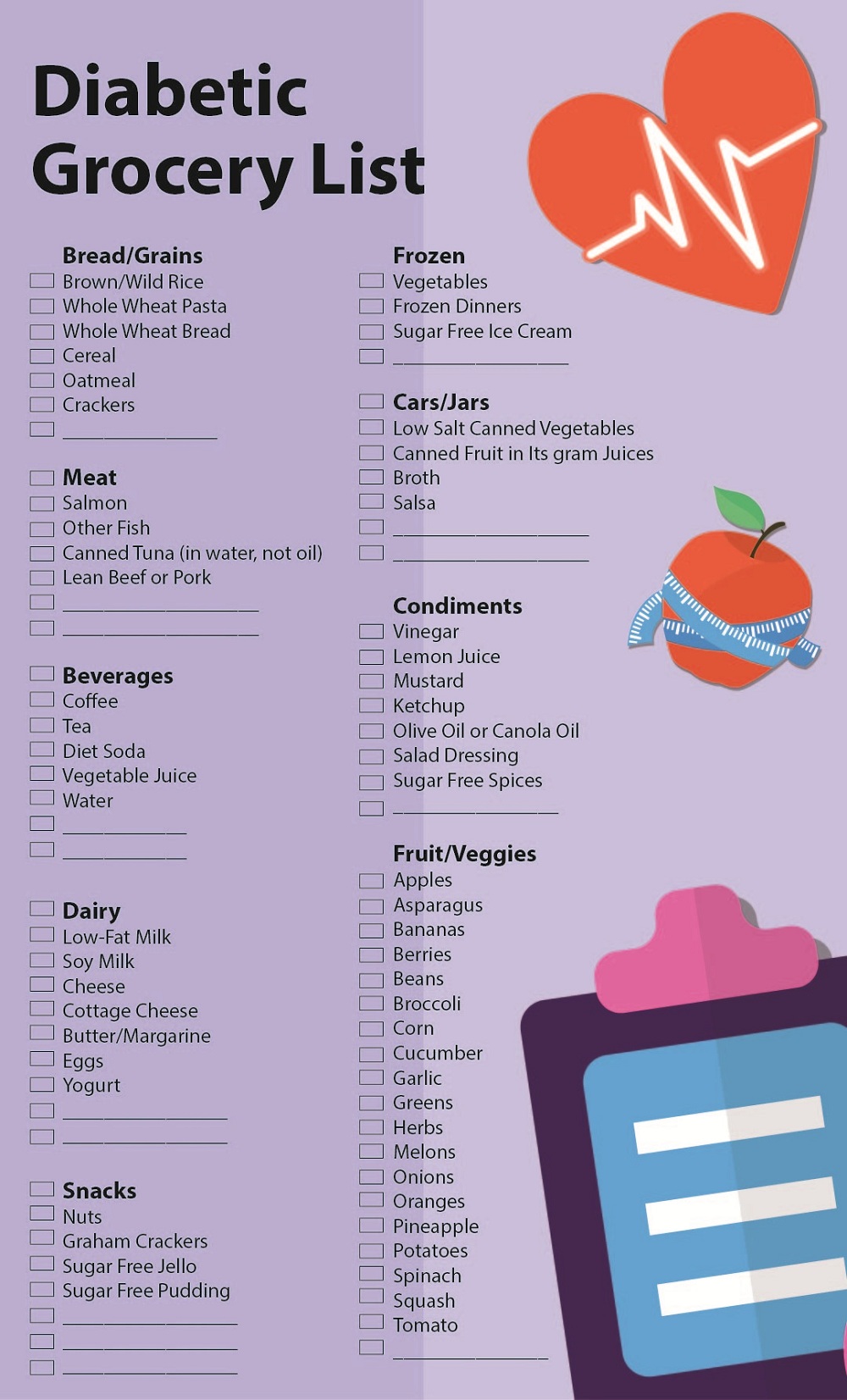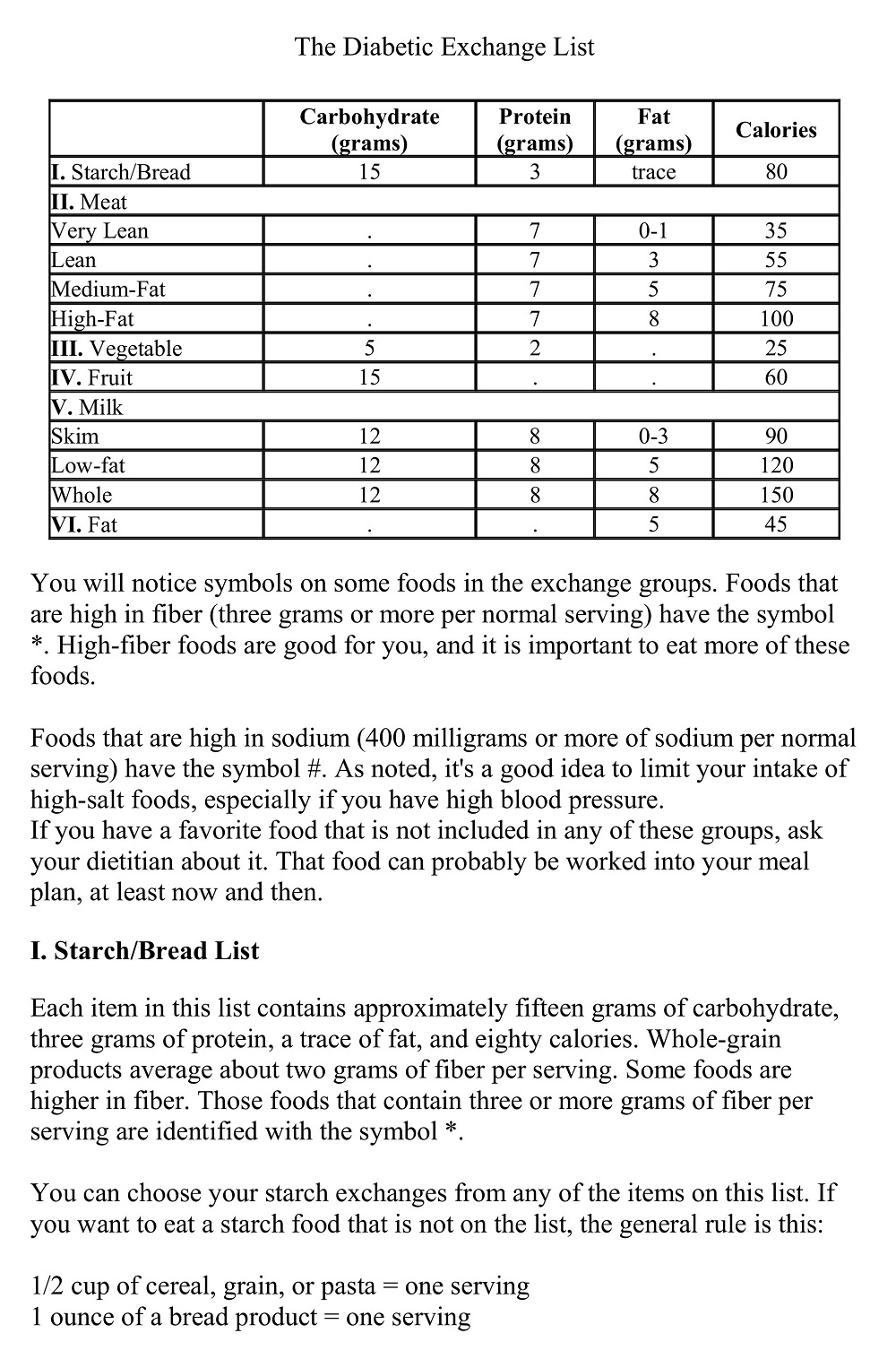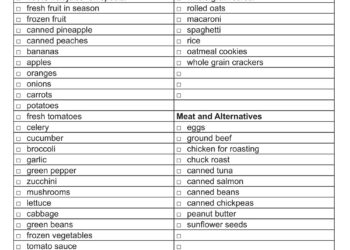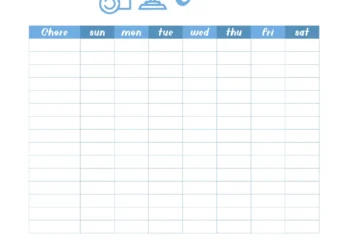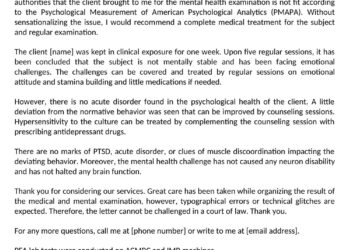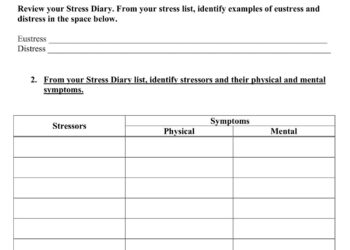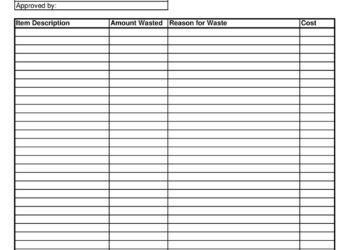Having diabetes does not mean you have to give up the richness of your food, it just means you must pay careful attention to what and how much you are eating. A well-planned diabetic diet plays a vital role in controlling blood sugar levels and maintaining overall health. To assist individuals living with diabetes, free printable diabetic food charts in PDF and Word format have become a valuable resource. These printable charts serve as a practical tool for tracking and planning meals, making it easier to make healthy food choices and maintain a balanced diet.
Whether you are newly diagnosed with diabetes, a caregiver, or a healthcare professional, incorporating a diabetic food chart into your routine can significantly enhance your diabetes management journey and help you achieve better control over your health. A diabetic’s diet is all about planning a balanced meal and staying active, specially-designed diabetic food charts can help make this task easier by providing important nutritional information about foods at a glance. In this article, you’ll find a collection of free Diabetic Food Chart Templates and samples in PDF, Word, and Excel format that will help you to make your health effective.
Download Free Diabetic Food Chart Templates
Diabetic Diet Food List Chart |
Diabetic Diet Food List Sample |
Diabetic Food Category Chart |
Food and Drink Record Chart |
Meal Plans Chart for Diabetic |
7-Day Diabetic Meal Plan |
30-Day Meal Plan for People with Diabetes |
1200 Calorie Diabetic Meal Plan |
1800 Calorie Diabetic Meal Plan |
Basic Diabetes Meal Plan |
Daily Diabetes Meal Planning Guide |
Diabetic Food Diary Sheet |
Diabetic Food Grocery List |
Healthy Eating For Diabetic |
The Diabetic Exchange List |
What is a Diabetic Food Chart?
A diabetic food chart, also known as a diabetes meal plan or diabetic diet chart, is a tool that provides guidance on food choices and portion sizes for individuals with diabetes. It is designed to help manage blood sugar levels, promote weight management, and maintain overall health. This chart typically categorizes different food groups, including carbohydrates, proteins, fats, and fruits/vegetables, based on their impact on blood sugar levels. It indicates recommended serving sizes and suggests the distribution of these food groups throughout the day.
A diabetic food chart serves as a valuable reference for individuals with diabetes, helping them make informed decisions about their diet. It provides a framework for creating balanced meals, ensuring that individuals consume a variety of nutrients while managing their carbohydrate intake. By following a diabetic food chart, individuals can better control their blood sugar levels, reduce the risk of complications, and maintain overall well-being. A diabetic food chart also serves as a way to manage the potential health risks associated with diabetes, such as heart attack, stroke, hypertension, and kidney failure. Eating according to a diabetic food chart allows those living with diabetes to maintain good health and lead an active lifestyle without worrying too much about their dietary choices. With a diabetic food chart, individuals are able to plan meals throughout the day by carefully selecting from the range of foods that best fit their needs.
Essential Components of Diabetic Food Chart
A diabetic food chart serves as a valuable resource for individuals with diabetes, offering guidance and structure for making informed food choices. When creating a diabetic food chart, it is crucial to include essential components that assist in managing blood sugar levels and promoting overall health. A comprehensive diabetic food chart should include the following elements:
- Glycemic Index (GI) Information: Including the glycemic index values of various foods can be helpful for individuals with diabetes. The glycemic index ranks carbohydrates based on how they affect blood sugar levels. Foods with a low glycemic index have a slower impact on blood sugar compared to those with a high glycemic index.
- Food Categories: The chart should categorize different types of foods into groups based on their impact on blood sugar levels and nutritional composition. Common categories include carbohydrates, proteins, fats, and fruits/vegetables.
- Portion Sizes: It is important to provide portion size guidelines for each food category. This helps individuals control their carbohydrate intake and maintain stable blood sugar levels. Portion sizes can be indicated in standard measurements or using visual representations such as cups or hand measurements.
- Serving Suggestions: The chart may offer suggestions on serving combinations or meal ideas that ensure a balanced intake of nutrients. It can include recommendations for breakfast, lunch, dinner, and snacks, with examples of appropriate food choices within each category.
- Food Exchanges: Some diabetic food charts may include a section on food exchanges. Food exchanges provide alternatives within each food category, allowing individuals to choose different foods with similar nutritional profiles to maintain variety in their diet.
- Notes or Instructions: A diabetic food chart may include additional notes or instructions to provide context and guidance. This can include tips on meal planning, reading food labels, incorporating physical activity, or consulting with a healthcare professional for personalized advice.
Benefits of Diabetic Food Chart
One of the best ways to ensure that you are eating a balanced and healthy diet is by following a diabetic food chart. A diabetic food chart provides you with information about the types of foods you should be eating and how much of each food type you should have each day. The benefits of using a diabetic food chart are numerous. Here are some key advantages:
Blood Sugar Management
One of the primary benefits of a diabetic food chart is its role in managing blood sugar levels. By following the recommended food choices and portion sizes, individuals can regulate their carbohydrate intake and minimize blood sugar fluctuations. This can help prevent hyperglycemia (high blood sugar) and hypoglycemia (low blood sugar) episodes.
Healthy Food Choices
A diabetic food chart encourages individuals to make healthier food choices. It categorizes foods into groups, such as whole grains, lean proteins, healthy fats, and fruits/vegetables, providing guidance on what to include in a balanced diet. By following these recommendations, individuals can improve their overall nutrition and reduce the consumption of foods that may negatively impact blood sugar levels.
Helps You Track Your Carb Intake
One of the biggest benefits of following a diabetic food chart is that it can help you track your carb intake. Carbs are an important part of any diet, but they can be especially tricky for those with diabetes because they can cause sudden spikes in blood sugar levels. By sticking to the recommended amounts on your diabetic food chart, you can ensure that your carb intake remains consistent and manageable.
Weight Management
Maintaining a healthy weight is crucial for individuals with diabetes. A diabetic food chart helps in portion control and calorie awareness. By following the recommended serving sizes and incorporating a variety of nutrient-dense foods, individuals can manage their calorie intake and achieve or maintain a healthy weight, which contributes to better blood sugar control.
Helps You Eat More Nutritious Foods
A diabetic food chart promotes a well-rounded, balanced diet. It emphasizes the importance of consuming a variety of food groups, ensuring individuals receive essential nutrients, vitamins, and minerals. Following a diabetic food chart can also help you make healthier choices when it comes to what foods to eat and what foods to avoid. For example, if you know that certain foods like processed meats or white bread are not good for diabetes management, then you can avoid them altogether or at least limit them as per the amount mentioned in the diabetic food chart. This will allow you to make sure that your meals contain only the most nutritious ingredients possible. By following the chart’s guidelines, individuals can meet their nutritional needs while managing their blood sugar levels effectively.
Easier Meal Planning
If meal planning has been difficult for you in the past, then using a diabetic food chart can make it much easier! Allowing yourself to refer back to this helpful guide will help keep your meals delicious but also balanced and healthy for diabetes management purposes. Knowing exactly how much carbs and proteins and other nutrients are recommended in each meal portion size helps give structure to meal planning and makes it easier than ever before.
Increased Awareness and Education
Using a diabetic food chart increases individuals’ awareness of the nutritional content and impact of various foods on blood sugar levels. It provides an educational resource, allowing individuals to make informed decisions about their dietary choices. This knowledge empowers individuals to take an active role in managing their diabetes and promotes a deeper understanding of how food affects their health.
Long-Term Health Benefits
Consistently following a diabetic food chart can have long-term health benefits for individuals with diabetes. It can help prevent or manage complications associated with diabetes, such as heart disease, stroke, and nerve damage. By maintaining stable blood sugar levels through a balanced diet, individuals can support their overall health and well-being.
By incorporating a diabetic food chart into their daily routine, individuals can optimize their diabetes management, reduce the risk of complications, and improve their overall quality of life.
How to Effectively Utilize Diabetic Food Chart
Effectively utilizing a diabetic food chart is a key step toward managing diabetes and promoting overall health. A diabetic food chart provides individuals with diabetes with a structured framework for making informed food choices, managing portion sizes, and regulating blood sugar levels. By understanding how to effectively use a diabetic food chart, individuals can create balanced and nutritious meal plans that support their diabetes management goals. To effectively utilize a diabetic food chart, consider the following steps:
- Familiarize Yourself with the Chart: Take the time to understand the different sections and categories in the diabetic food chart. Review the portion sizes, food groupings, and any specific instructions or notes provided.
- Consult with a Registered Dietitian: If possible, consult with a registered dietitian or healthcare professional who specializes in diabetes management. They can help you interpret the chart, tailor it to your specific dietary needs and goals, and provide personalized advice.
- Plan Meals in Advance: Use the diabetic food chart as a guide to plan your meals in advance. Consider the recommended portion sizes and balance your meals by including a variety of food groups. Ensure that your meals are well-rounded and include sources of lean protein, whole grains, healthy fats, and plenty of fruits and vegetables.
- Track Your Food Intake: Keep a food diary or use a tracking app to record your meals and snacks. Compare your food choices to the recommendations in the diabetic food chart to ensure you are making appropriate selections and following portion guidelines. This will help you monitor your carbohydrate intake and keep track of your overall dietary habits.
- Experiment with Food Substitutions: Use the diabetic food chart as a reference for making healthy food substitutions. For example, if a particular food is high in carbohydrates or has a high glycemic index, look for alternatives that have a lower impact on blood sugar levels. Experiment with different foods within the same food group to add variety and maintain a balanced diet.
- Monitor Blood Sugar Levels: Regularly monitor your blood sugar levels to assess how your dietary choices and adherence to the diabetic food chart are affecting your blood sugar control. This will help you identify any patterns or adjustments that may be necessary to achieve optimal results.
- Stay Consistent and Seek Support: Consistency is key when using a diabetic food chart. Stick to your meal plan and make adjustments as needed based on your individual needs and feedback from your healthcare team. Seek support from a diabetes support group, online communities, or friends and family who can provide encouragement and accountability.
Remember, diabetic food chart is a valuable tool, but it is important to customize it based on your individual needs and in consultation with your healthcare team. Adjustments may be necessary based on factors such as medication, activity levels, and overall health. By utilizing the chart effectively, you can make informed food choices, manage your blood sugar levels, and improve your overall diabetes management.
Tips to Make an Effective Diabetic Food Chart
. A well-designed food chart helps individuals with diabetes navigate their dietary needs, portion sizes, and nutritional requirements. By incorporating the following tips, individuals can enhance the effectiveness of their diabetic food chart and achieve better control over their diabetes management. Here are some tips to make your diabetic food chart more effective:
- Understand your dietary needs.
- Personalize the portions according to your requirements.
- Include a variety of foods from different food groups.
- Consider the glycemic index of the foods.
- Be mindful of portion control.
- Keep track of your carbohydrate intake.
- Regularly review and update the food chart.
- Experiment with food substitutions and variations.
- Stay consistent with your meal plan.
- Seek support from healthcare professionals or support groups.
By implementing these tips, you can maximize the effectiveness of your diabetic food chart and better manage your diabetes through informed food choices, portion control, and balanced nutrition. Remember to regularly assess your progress, consult with your healthcare team, and adapt your chart as necessary to meet your individual needs.
Conclusion
A free diabetic food chart printable serves as an invaluable tool for individuals managing diabetes. By offering portion size guidelines, food selection recommendations, and facilitating balanced meal planning, it assists in regulating blood sugar levels and promoting overall well-being. By utilizing a diabetic food chart, individuals gain control over their diet, enhance their nutritional awareness, and make conscious choices that positively impact their diabetes management. Whether it’s monitoring portion sizes, selecting low glycemic index foods, or tracking carbohydrate intake, incorporating a diabetic food chart into daily routines can significantly support the journey toward optimal health and diabetes control.
Reference Link


